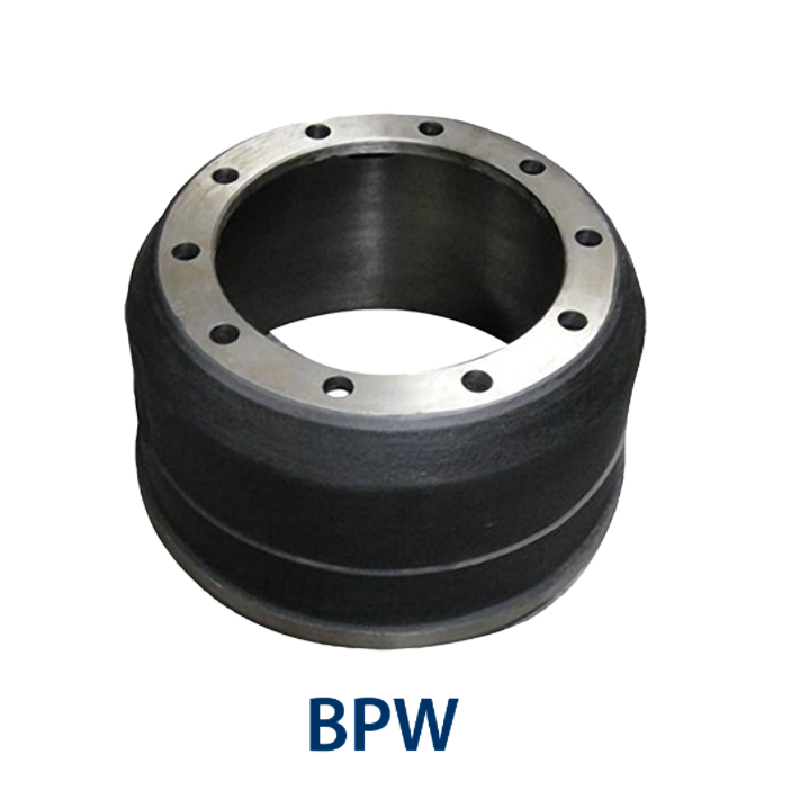Dec . 03, 2024 11:01 Back to list
how do you measure brake drums
How Do You Measure Brake Drums?
Measuring brake drums is an essential part of vehicle maintenance, ensuring safety and optimal performance. Brake drums are key components of drum brake systems, which are commonly used in various vehicles, including cars, trucks, and trailers. Over time, these drums can wear down or become damaged, leading to decreased braking efficiency and potential safety hazards. Thus, understanding how to measure brake drums accurately is crucial for both professional mechanics and DIY enthusiasts.
Understanding Brake Drums
Before diving into measurement techniques, it’s important to grasp the function of brake drums. When the driver presses the brake pedal, hydraulic force pushes the brake shoes against the inside of the drum. This friction slows down the vehicle. Regularly monitoring the condition of brake drums helps ensure that the brakes function properly and can prevent more significant issues down the road.
Tools Needed for Measurement
To measure brake drums effectively, you need specific tools
1. Vernier Caliper This tool allows for precise measurements of the drum's diameter and wall thickness. 2. Micrometer A micrometer can provide even more accurate thickness measurements of the drum material, particularly useful when checking for wear. 3. Dial Indicator For checking the drum's runout, a dial indicator can measure any warping or irregularities. 4. Ruler or Measuring Tape Basic tools for quick, rough measurements.
Steps to Measure Brake Drums
1. Remove the Brake Drum Begin by safely lifting the vehicle and removing the wheel. Follow the vehicle's service manual to detach the brake drum appropriately. Always ensure you’re working in a secure location and follow safety protocols.
how do you measure brake drums

2. Measure the Diameter Use the vernier caliper to measure the inside diameter of the brake drum. Measure at several points around the drum to ensure that the diameter is consistent. Take note of the largest measurement, as this will help to assess if the drum has been worn unevenly.
3. Check the Wall Thickness Using the micrometer, measure the thickness of the drum at various points. The minimum thickness specifications are typically provided in the vehicle’s service manual. If the measured thickness is below this specification, the drum should be replaced.
4. Examine for Runout Install the dial indicator onto the brake backing plate, ensuring it touches the drum surface. Rotate the drum and observe the dial’s readings. If the runout exceeds the manufacturer's specifications, the drum may need to be machined or replaced.
5. Inspect for Cracks and Scoring Visually inspect the drum for any visible signs of damage, such as cracks, deep grooves, or scoring. These defects can weaken the drum and compromise braking performance.
Interpretation of Measurements
After taking the necessary measurements, it’s essential to interpret the data correctly
- Diameter If the diameter exceeds the maximum permissible limit, replacement is necessary. - Thickness If the wall thickness is below the specified limit, the drums should also be replaced. Even if it meets the limit, significant wear may warrant replacement. - Runout Excessive runout can indicate that the drum is warped. A small amount of runout is normal, but anything above the manufacturer’s specifications could lead to braking issues.
Conclusion
Measuring brake drums is a straightforward yet crucial process for maintaining vehicle safety and performance. By regularly checking the condition of brake drums, vehicle owners can catch potential issues before they escalate. Proper maintenance not only enhances vehicle performance but also serves to protect lives on the road. Always refer to the vehicle’s service manual for exact specifications and replacement guidelines, and don’t hesitate to seek professional assistance if needed. Keeping a close eye on your braking system will ensure you stay safe and your vehicle remains roadworthy.
-
Your Brake Drum Man: Quality & Performance Parts
NewsAug.21,2025
-
Explore Japan: Ultimate Travel Guide & Authentic Experiences
NewsAug.19,2025
-
Your Brake Drum Man: Premium & Reliable Brake Drums for Sale
NewsAug.18,2025
-
ROR Web Development: Build Fast, Scalable, Secure Apps
NewsAug.17,2025
-
Scania Brake Drums: OEM Quality for Optimal Safety & Durability
NewsAug.16,2025
-
R.V.I: Advanced Remote Visual Inspection for Precision
NewsAug.15,2025
